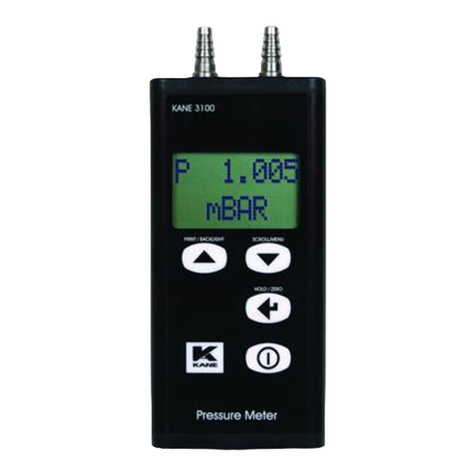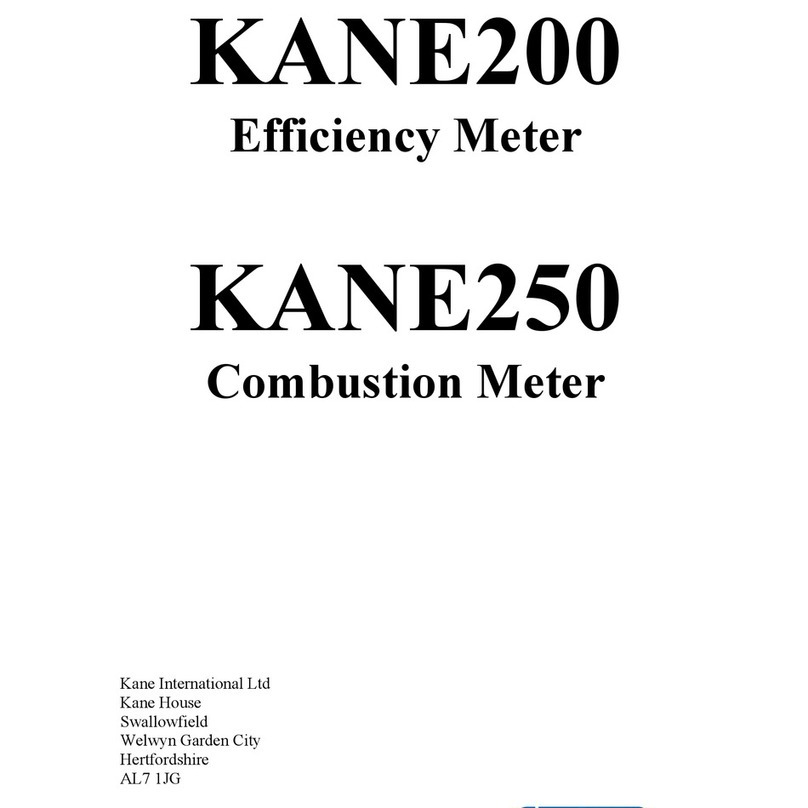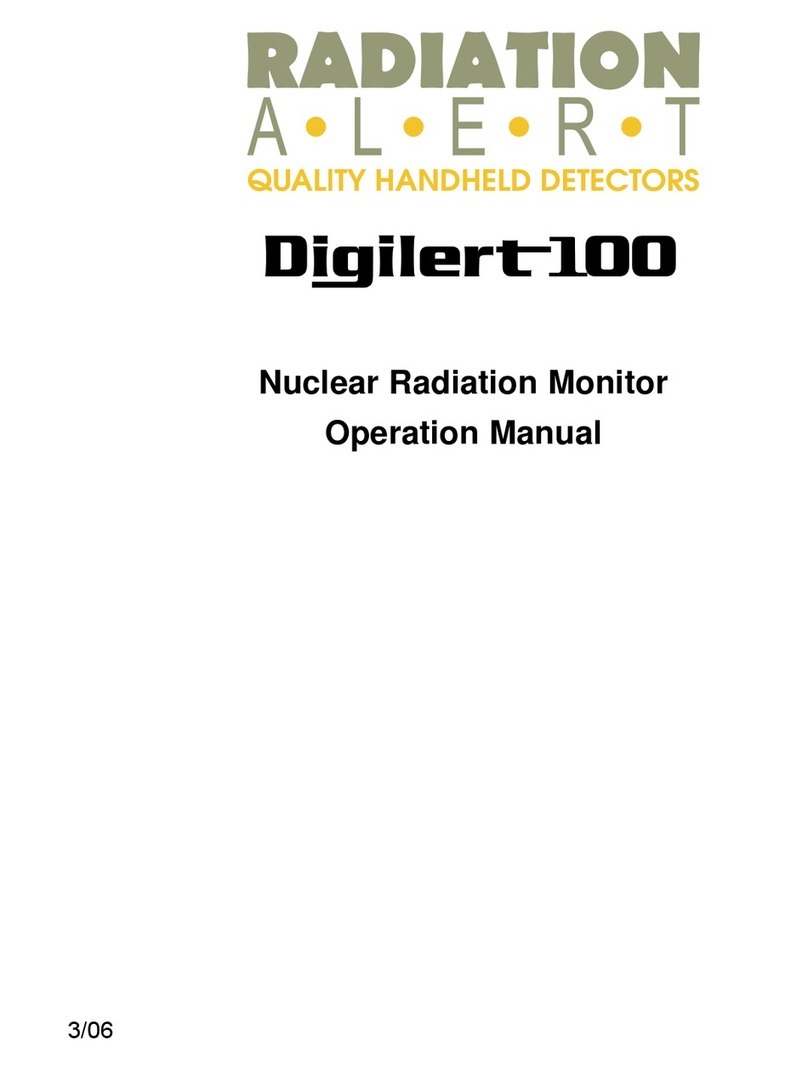
2 PFP7/REV C/01-08
Contents:
SECTION 1 ..................................................................................................... 4
Introduction...............................................................................................................................4
1.1
Instrument description..................................................................................................4
1.2
Principles of operation .................................................................................................4
1.3
Specification.................................................................................................................6
SECTION 2 ..................................................................................................... 7
Installation.................................................................................................................................7
2.1
Services required .........................................................................................................7
2.2
Unpacking ....................................................................................................................7
2.3
Assembly......................................................................................................................8
2.4
Installation ....................................................................................................................9
2.5
Accessories................................................................................................................10
SECTION 3 ................................................................................................... 11
Analysis Preparation..............................................................................................................11
3.1
Calibration standards .................................................................................................11
3.2
Sample preparation....................................................................................................12
3.3
Dilution .......................................................................................................................13
SECTION 4 ................................................................................................... 14
Operation.................................................................................................................................14
4.1
Front and rear panel controls.....................................................................................14
4.2
Operation ...................................................................................................................16
4.3
Calibration: PFP7.......................................................................................................17
4.4
Calibration: PFP7/C ...................................................................................................19
4.5
Shutdown ...................................................................................................................19
4.6
Operating precautions................................................................................................20
4.7
Good practice guidelines ...........................................................................................20
SECTION 5 ................................................................................................... 21
Accessories ............................................................................................................................21
5.1
Water separator .........................................................................................................21
5.2
Compressor ...............................................................................................................21
5.3
Diluter.........................................................................................................................22
5.4
Datalogger .................................................................................................................22
Maintenance............................................................................................................................23
6.1
General ......................................................................................................................23
6.2
Weekly maintenance..................................................................................................23
6.3
Monthly maintenance.................................................................................................23
6.4
Six-monthly maintenance...........................................................................................24
































